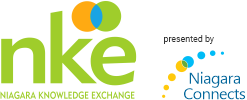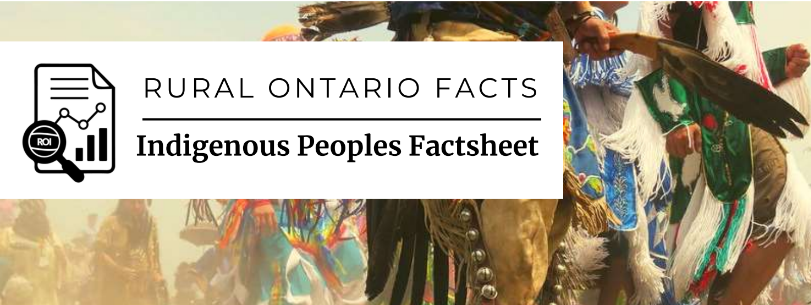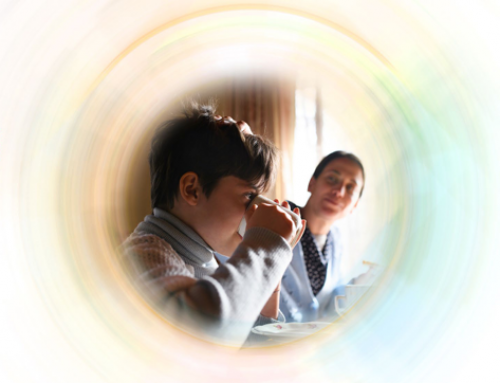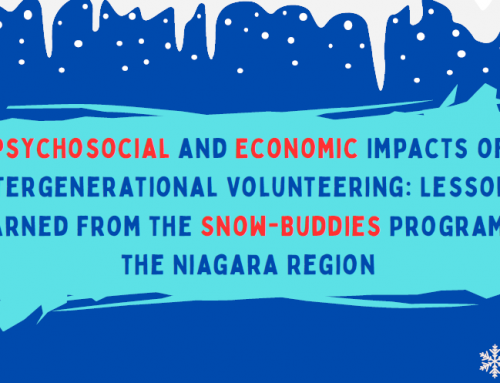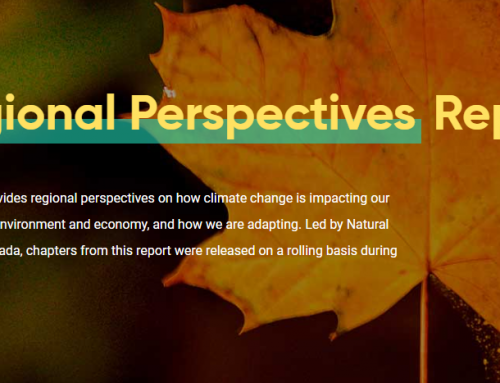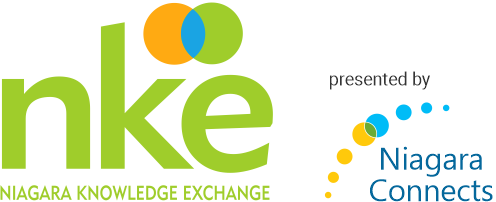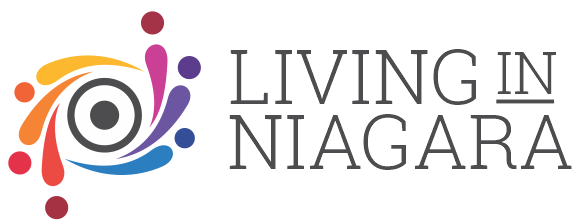The statistics presented in this Rural Ontario Institute (ROI) factsheet can help to provide important context for the Truth and Reconciliation Commission’s calls to action. Communities, policymakers, and researchers can use this information to acknowledge the past, and the legacy of colonialism and residential schools on Indigenous peoples.
The ROI states that we can also use this information to inspire social transformation that will enable us to “…live together in dignity, peace, and prosperity on these lands we now share.
The Fact Sheet is based on 2021 Census data. Highlights include:
– Indigenous people represent 3% of Ontario’s population. There is a higher proportion of Indigenous people in rural areas.
– Sixty percent of Indigenous people identified as First Nations, while 30% identified as Metis. Fewer than 1% of Indigenous people identified as Inuk (Inuit).
– Approximately 12% of Indigenous people in Ontario are living in Indigenous communities.
Publication Date: February, 2023
Published By: Rural Ontario Institute
Click here to access Rural Ontario Facts – Indigenous Peoples Factsheet
Click here to access the Rural Ontario Facts Society Dashboard, which provides social information for rural and urban census subdivisions (i.e., municipalities) in Ontario.
